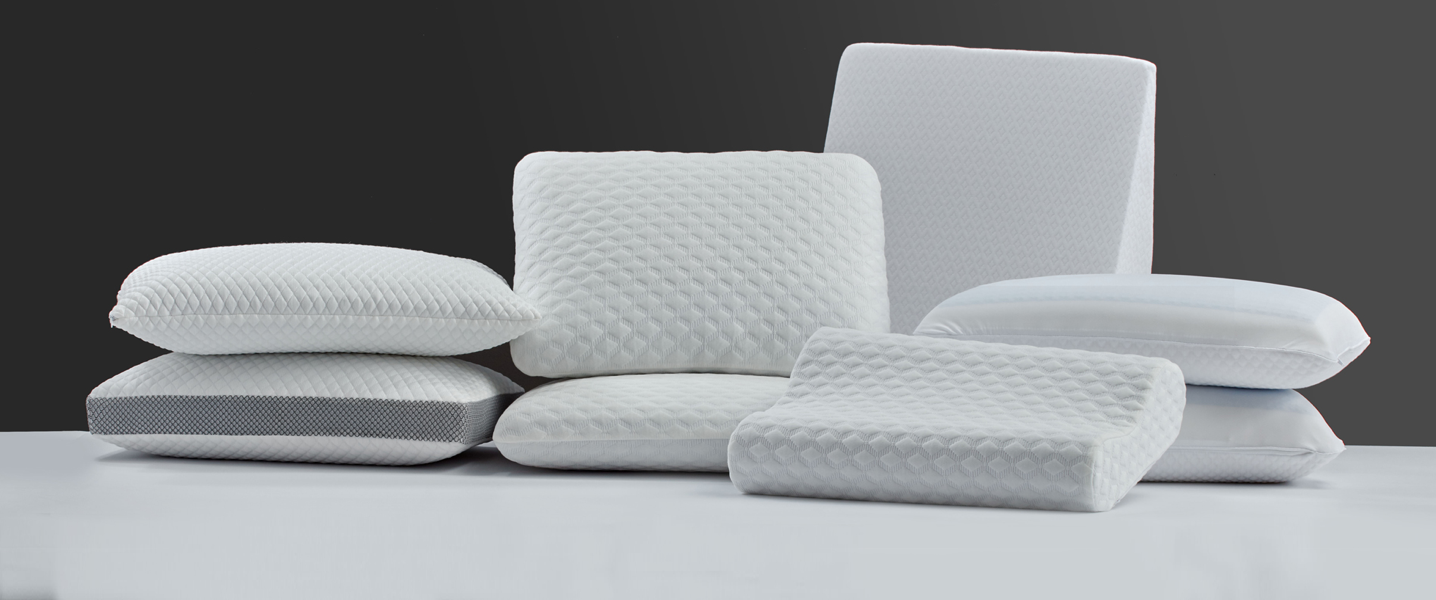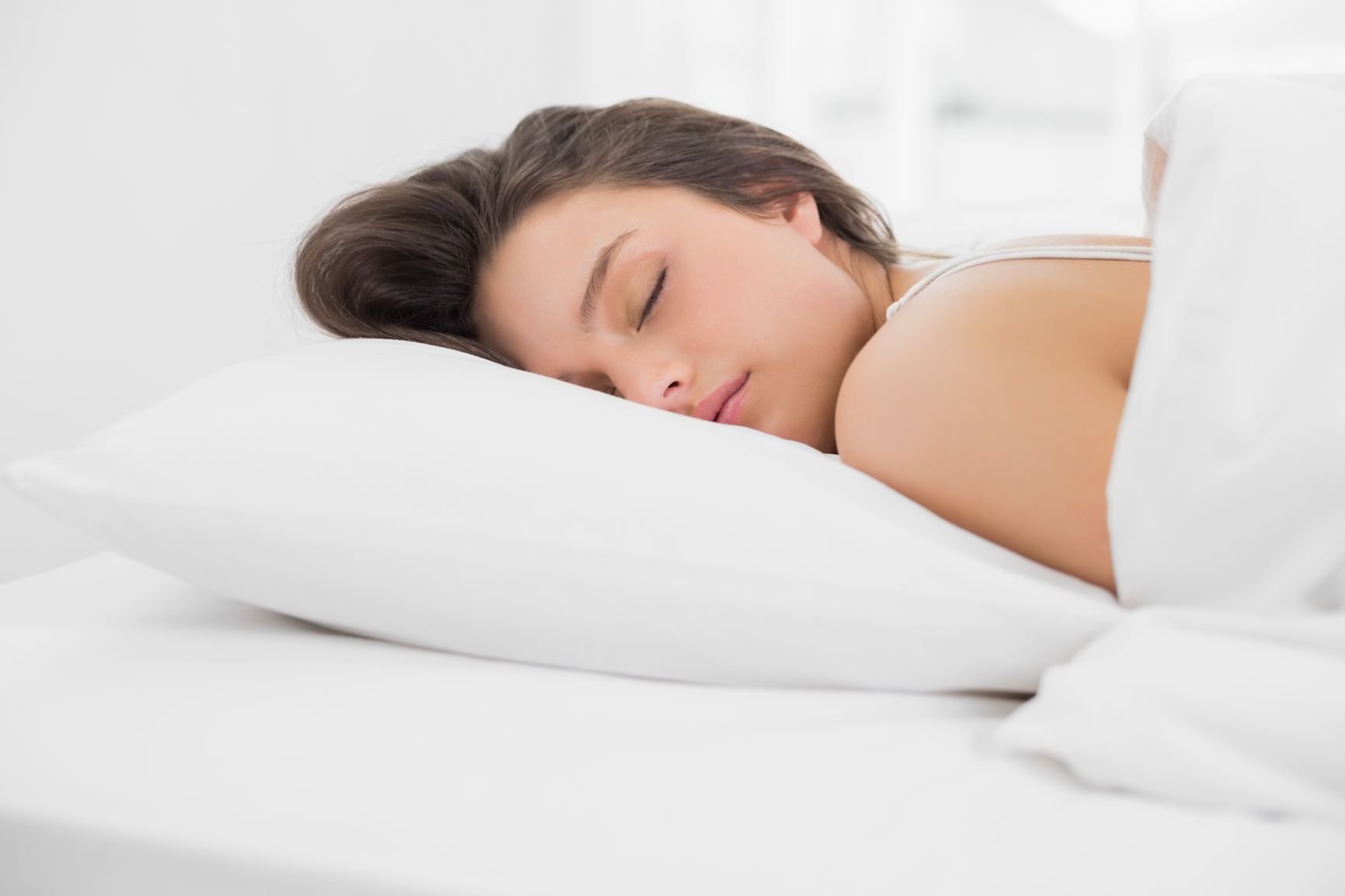Most people know that good quality sleep is important for overall health. Even if you don’t often think about how your sleep affects your well-being in the long term, you’ve undoubtedly experienced the feeling of being exhausted during the day after a poor night’s sleep.
Keeping your bedroom at the right temperature and light quality is crucial for falling and staying asleep, and so is the quality of your mattress. But what about your pillow?
Everyone has certain preferences when it comes to the size, shape, and fill of their pillow, and sleeping with a pillow that works for you will make all the difference in the quality of your sleep.
Choosing the Right Pillow for You
There are a few key details of pillow construction to keep in mind when choosing your ideal product, such as pillow stuffing, size, and fabric. The position in which you prefer to sleep could even make a difference in what kind of pillow you should choose.
Let’s take a look at some of the options out there and what kind of pillow might be best for you — even if this may not be the exact type of “pillow talk” you prefer.

Pillow Fill
There are many different types of pillow fill used to create different thicknesses and support levels of pillows. Do you prefer to have your head as close to the mattress as possible, or do you need your head to be supported in order to sleep?
Generally, a feather or down pillow will provide less support, while pillows that use shredded foam or a similar blend of thicker material will provide more support.
Pillow Size
The standard-sized bedroom pillow is usually adequate for most people. However, it’s important to make sure that your pillowcase properly fits your pillow, as an improper fit could make your pillow less comfortable.
Additionally, a pillow that’s too small could lead to tossing and turning during the night as you’ll be struggling to stay comfortable during normal sleeping movements.
Pillow Fabric
The fabric of your pillowcase tends to matter more than the fabric of your actual pillow.
If you use a down pillow, however, it’s important to make sure that your pillow fabric is thick enough to prevent any feathers from poking out and disturbing your sleep. Avoid using decorative pillows to sleep, as raised stitching and beading can irritate your skin. And make sure to regularly wash your pillowcase to keep it feeling soft and comfortable.
Does Your Sleeping Position Make a Difference?
Shifting during sleep is normal, but most people know what sleep position they typically feel the most comfortable in.
If you sleep on your side, you probably need a pillow that is more firm and on the thicker side to properly support your head. If you sleep on your stomach, you should opt for a low-support pillow to prevent overextension in your spine. If you sleep on your back, you’ll probably be most comfortable with a flat yet firm pillow.
Don’t hesitate to try a few options before making your selection. Finding the perfect pillow for your sleep position can lead to better sleep.

